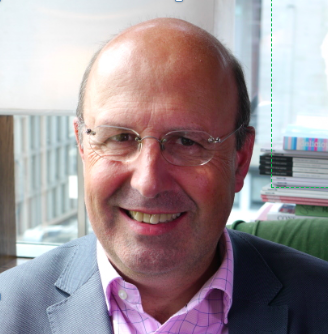You can sign up to our LinkedIn newsletter here.
Finding Joy: Part Two – Is Happiness Enough?
What do people mean by ‘I am in flow’?
You may become so absorbed in an activity that you lose your sense of time and space. You focus solely on what you are doing and feel as though you can continue without interruption, effortlessly flowing with the activity indefinitely.
Sometimes, you see this in musicians who, in the moment of playing, are immersed in the music, fully alive in the experience, and expressing themselves in the moment. Others, sitting down and engaging with a puzzle, get lost in exploring it, navigating through it, and fully immersing themselves in the possibility of solving it. Or perhaps, as a writer, you’ve experienced that moment when you’re writing directly from your head to the paper, from your mind to the keyboard, with nothing interrupting you.
Your Flow or No Flow
When do you experience flow? Is it when repairing something broken, cooking, painting, music, sport. Is it part of your professional life?
If you never experience flow in your work life, something is missing. If the only place you find flow is occasionally in activities you do outside of work, you may need to re-examine what work is providing for you.
My Flow, Your Flow
I discovered that I’m often in the flow when I teach, speak publicly, or facilitate a group. I have noticed that engaging that part of me, which shares my experiences and knowledge with others, brings me alive. I now realise how much my nature is to be a teacher- someone who constantly wants to communicate what I understand to others and help them grow.
What is it within you that gives you flow? When do you experience this feeling of flow? The sensation of flow often indicates what can bring you greater joy.
Finding Past Flow
If you’ve never experienced flow, how can you explore different circumstances and options that might lead you to it?
I encourage you to think back to your past. Imagine the things you got lost in when you were a child or a teenager. Perhaps it was reading, listening to music, or performing in some way. Maybe it was enjoying nature, engaging in play, or building something. Where did you find flow in your childhood and lose yourself in your activity?
Recognising when you experience flow can unlock so much more. However, perhaps you struggle to find that flow. You might not recall any situation in which you have felt that flow.
Dreaming for Future Flow
Consider what you could dream of doing and what you could dream of experiencing. Explore small dreams that you can incorporate into your life. Exploring these dreams can lead you to discover flow.
One thing I’ve always wanted to do is go kite surfing. I believed this would be a wonderful experience. Eventually, I ventured out and realised my dream of kite surfing. I loved the feeling of the wind, the waves, and the speed. Unfortunately, after cracking a rib, I realised this was not something I could do repeatedly without getting much fitter. However, that potential to dream unleashed the possibility of me going with the flow.
Setting up for Maximum Flow
You can’t rely on experiencing flow just by doing more of the activities or engaging with more of the experiences that can offer you flow.
I have found that your internal environment (mental, physical, emotional), your external environment (temperature, noise, wind, light, colour, sound), and the time of day can be powerful enablers of flow. Often, various factors influence different flow states.
As I sit here writing this, I am in flow. This is aided by the fact that it is mid-morning, I am sitting in a comfortable chair, the temperature is neither too hot nor too cold, and nobody is around. The ambient light is good, and my mood is positive. I am neither hungry nor tired, and I am not overly excited or depressed. I have plenty of time ahead of me with no immediate anxieties.
However, when I teach a group, other factors influence my ability to be in flow. I love the adrenaline of ‘just-in-time’ preparation. I thrive when surrounded by participants who are strongly motivated to engage. I prefer a space where I can arrange participants in small groups and walk freely among them. However, this flow can be disrupted if I am compelled to present from behind a lectern to an audience I cannot see because of the lights, especially when they are confined by theatre-style seating.
As you start to learn what optimises the possibility of flow and start to make more intentional choices about your environment you will have increasingly frequent experiences of the joy of being in flow.
Conclusion
Flow provides opportunities for you to find joy in your work. By understanding what brings you flow, you can make choices that continually bring you more joy.

Charles McLachlan is the founder of FuturePerfect and on a mission to transform the future of work and business. The Portfolio Executive programme is a new initiative to help executives build a sustainable and impactful second-half-career. Creating an alternative future takes imagination, design, organisation and many other thinking skills. Charles is happy to lend them to you.
